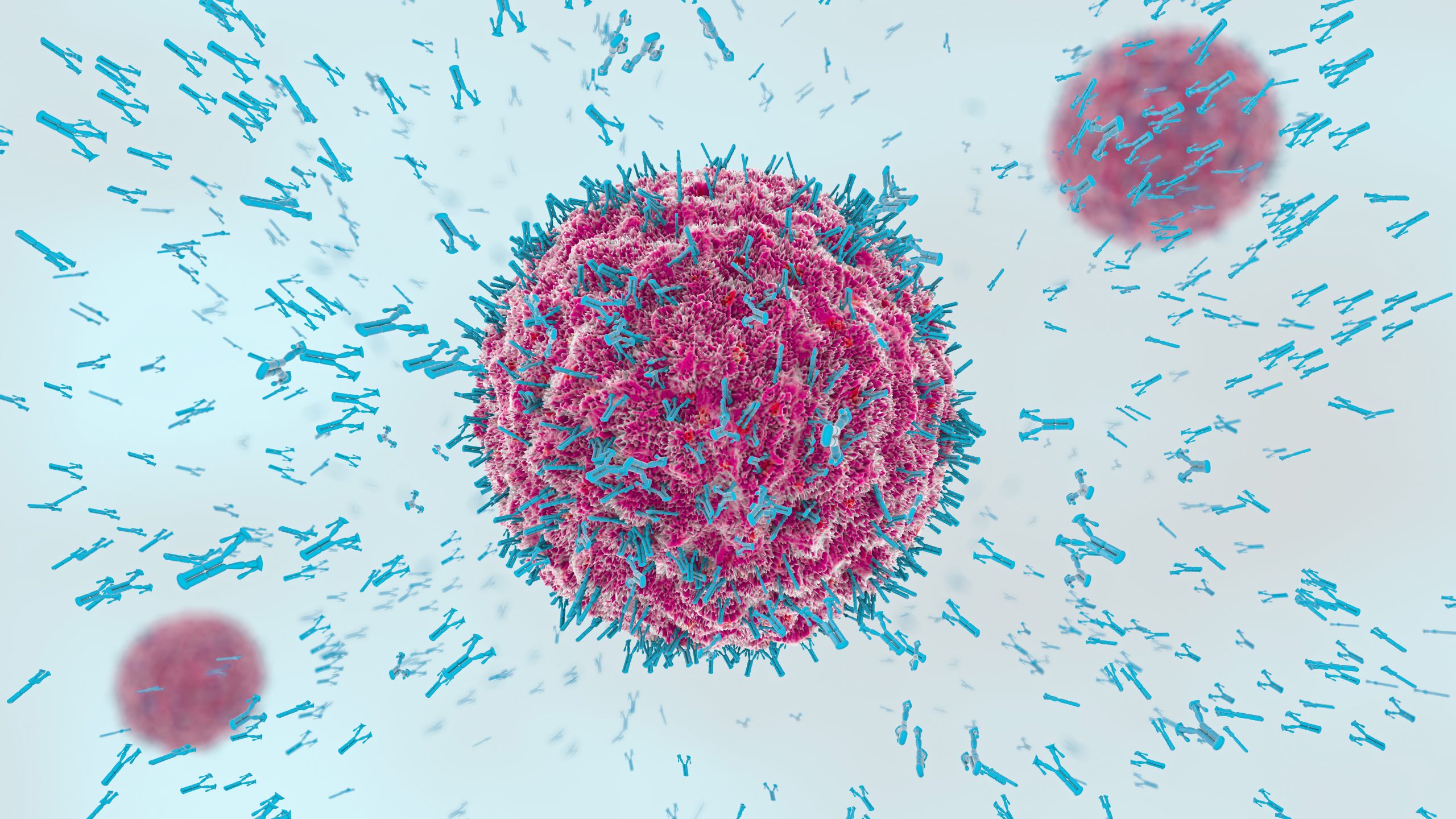
Sweeping changes to the requirements for disclosing nucleotide and amino acid sequences in patent applications come into force globally today, 1 July 2022.
Applicants and patent attorneys need to stop using PatentIn as of today and switch to the new software WIPO Sequence. Sequence listings generated with this software will be considered compliant so beware of using alternative software. This requirement applies with immediate effect on all PCT contracting states.
In our earlier article we detailed the main differences between the new WIPO ST.26 standard and the old format. Here, we have provided some updates that have come to light since then.
As a reminder, sequence listings filed with any PCT contracting state, whether in a direct (provisional) application, a priority-claiming (e.g. PCT) application or a national phase entry of an existing PCT application, must comply with the new standard. Old-style sequence listings can be converted to the new standard using WIPO Sequence, although care needs to be taken with this.
EPO as PCT receiving office
A recent notice from the European Patent Office (EPO) has suggested that the consequence of failing to use the new sequence listing format when filing PCT applications at the EPO could be costly.
When a WIPO ST.26 sequence listing is filed correctly in .xml with a PCT application at the EPO, the contents of the sequence listing will not be taken into account when calculating excess page fees. However, if the old format sequence listing is filed instead, the EPO will convert the file into the same format as the description and issue a communication asking if the sequence listing is to be considered part of the description. If so, you must pay excess page fees for the sequence listing pages (which sometimes run into hundreds of pages, and therefore could cost many thousands of Euro). The other alternative would be to declare the sequence listing as not forming part of the description, in which case it will not be possible to use it as basis for amendments.
An old but important practice point here is that it is advisable when drafting new patent applications to include the sequences in the description or examples of the application in a condensed form. If the sequences only appear in the sequence listing, then you have very few options if an error is later made with the sequence listing.
Divisional applications and new applications at the UKIPO
The requirement for WIPO ST.26 sequence listings in new divisional applications filed from 1 July 2022 (where the parent has an old-style listing) is considered by WIPO to be a matter of national law. Nevertheless, most patent offices, including the EPO, will require a WIPO ST.26 sequence listing for new divisional applications, regardless of when the parent was filed.
However, the UK Intellectual Property Office (UKIPO) has adopted a more applicant-friendly approach in that divisional applications will be allowed to use the same sequence listing format as used in the parent application. Having considered a range of issues arising with the filing of divisional applications,the UKIPO will only require WIPO ST.26-compliant sequence listings for divisional applications of parent applications filed on or after 1 July 2022.
For new direct applications filed with the UKIPO, if the application refers to biological sequences but they are not included in the description and no sequence listing is provided, you will have two months to file a sequence listing but the application will be re-dated to the date on which the listing is provided. If, on the other hand, you file a new application that includes the sequences but does not include a ST.26 compliant sequence listing (e.g. a ST.25 listing), then you will have 15 months from the filing date to provide a ST.26 compliant sequence listing and you will keep your filing date. Any amendment to a sequence listing must not add new matter to the application.
If you have any questions about this significant change to biotech patent practice or would like assistance preparing sequence listings in accordance with the new standard, then please contact Ross Cummings or your usual contact in the biotech team at GJE.
